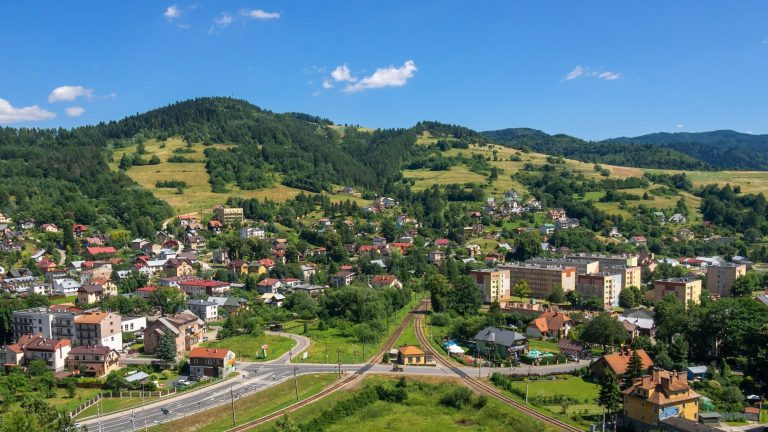The world’s largest iceberg has begun to move. It is twice the size of London

For the past 30 years, the iceberg has remained dormant. But now she has “awakened” again. Specialists are watching her closely. Especially since it has a huge surface.
The world’s largest iceberg, which got stuck at the bottom of the ocean 30 years ago, has begun to “move”. An object called A23a separated from the coast of Antarctica in 1986 – until then it housed a Soviet research station – but quickly settled on the muddy bottom of the Weddell Sea, essentially becoming an island of ice. Now it’s sailing across the ocean again.
The largest iceberg in the world floats through the ocean
The A23a iceberg covers almost 4,000 km2, which is more than twice the area of London. This is a real colossus that makes a huge impression and is being watched. Experts noted that it had been drifting at high speed in the previous days. Soon it may even sail beyond Antarctica.
It is worth adding that the ice plate currently moving on the ocean waters is 400 m thick. For comparison, the tallest skyscraper in Europe – London Shard – is only 310 m high.
Why did the mountain start moving?
Experts predict that the temperature of shelf water near the iceberg may have increased.
“(The mountain) It had been grounded since 1986, but it finally had to shrink enough to lose its grip and start moving. I noticed the first movement in 2020.” – said Dr. Andrew Fleming, an expert from the British Antarctic Research Institute.
In recent months, A23a has accelerated rapidly under the influence of winds and currents, and is now passing the northern tip of the Antarctic Peninsula. Like most icebergs in the Weddell sector, A23a will almost certainly end up in the Antarctic Circumpolar Current, which will certainly push it toward the South Atlantic along a path known as “iceberg alley.” It will likely settle near South Georgia.
If this happens, it will cause problems for the millions of seals, penguins and seabirds that breed on the island. A23a’s enormous mass can disrupt the animals’ normal feeding routes, preventing them from properly feeding their young.






